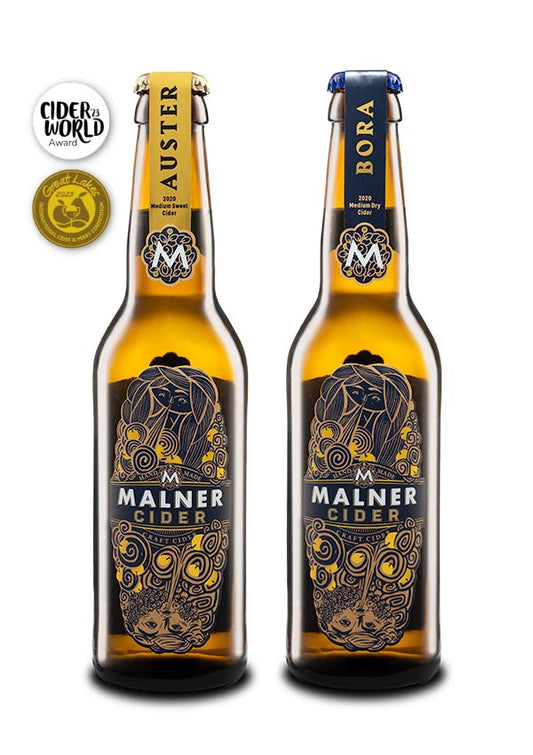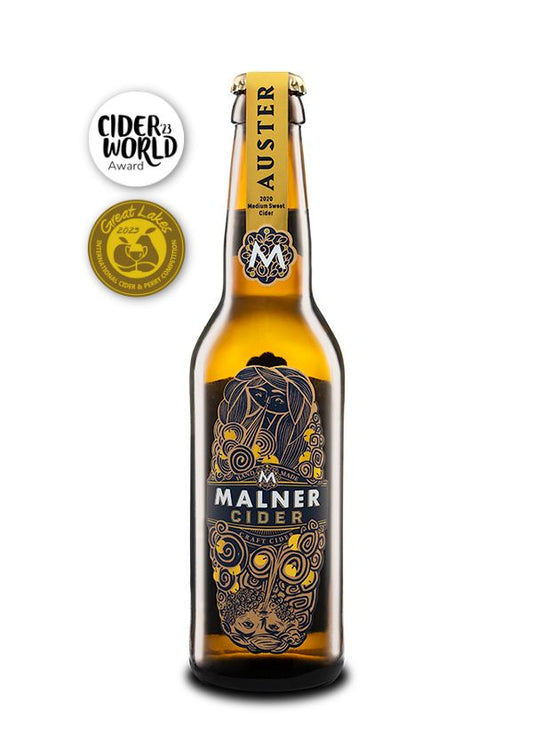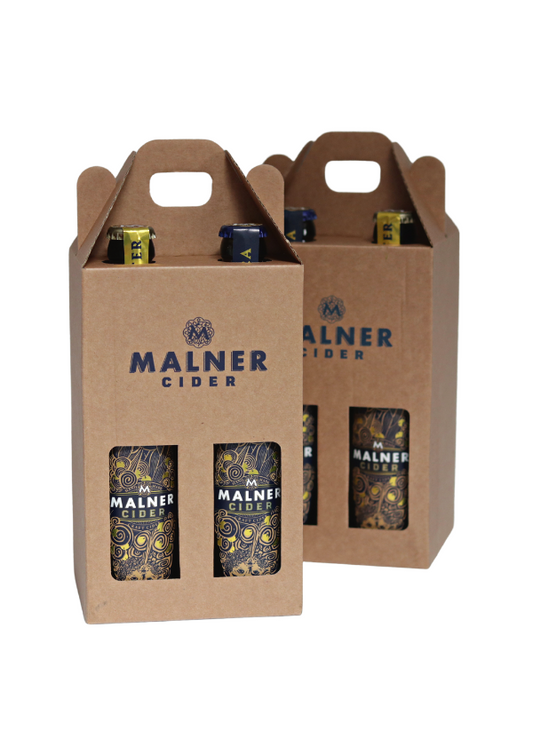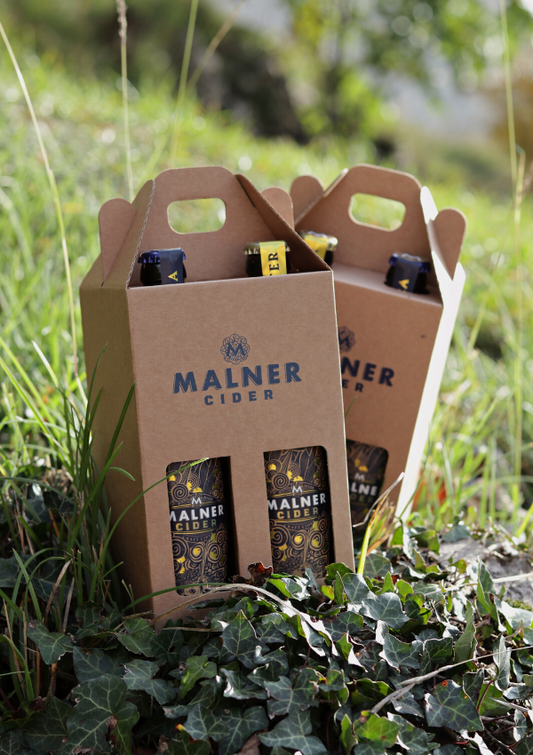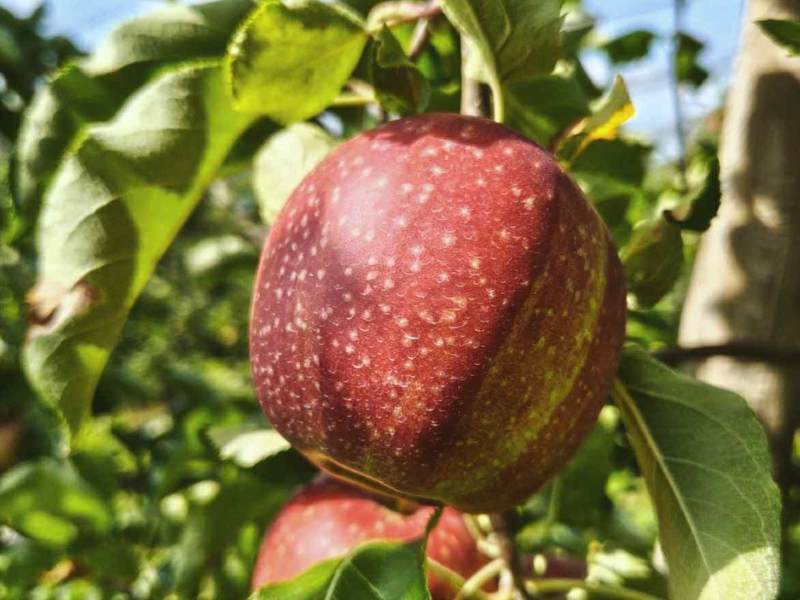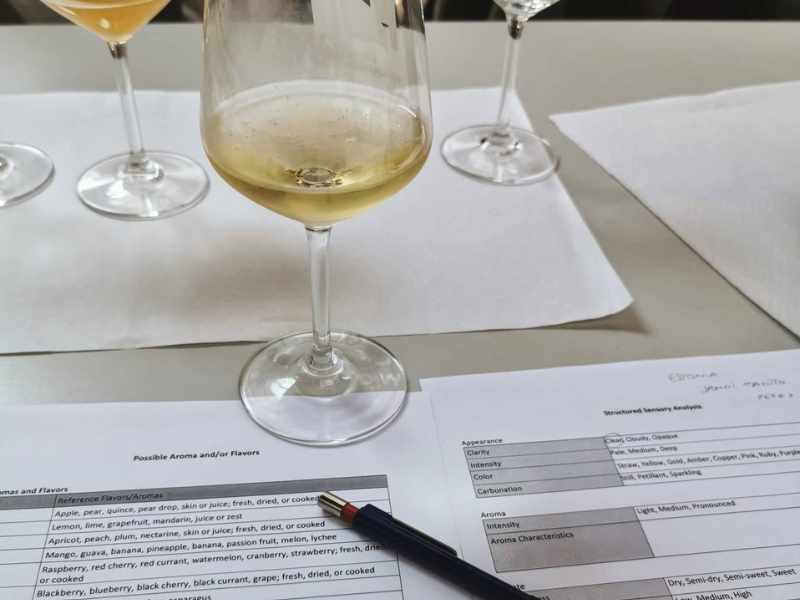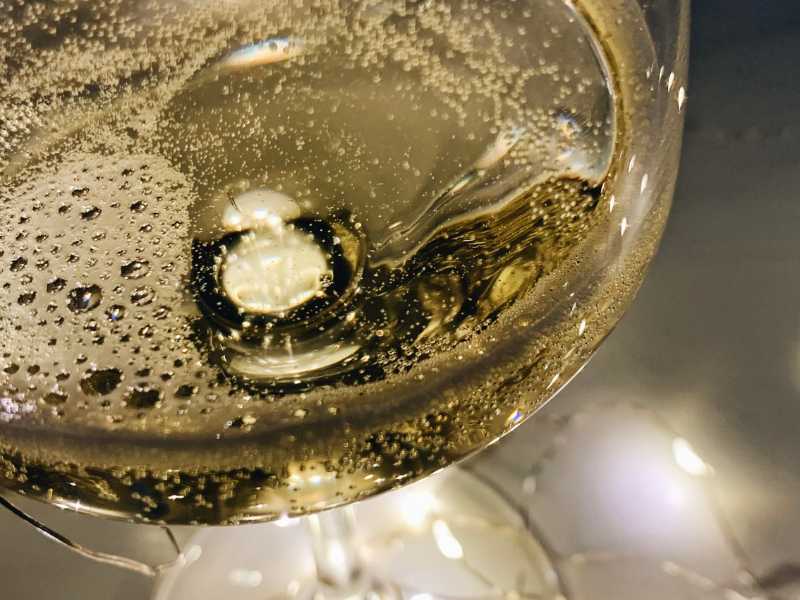We often hear the reaction: “Cider? Oh no, that’s too sweet for me.” But is it really so? Let’s take a closer look at why this opinion exists and whether all ciders are truly sweet.
What Do Dry, Semi-dry, Semi-sweet, and Sweet Mean?
To begin with, some basics: terms like dry, semi-dry, semi-sweet, and sweet describe the amount of residual sugar in the drink — that is, the sugar that wasn’t converted to alcohol during fermentation. But beware: different countries and authors define these terms differently.
Here are a few examples.
French Classification of Ciders
-
Brut: less than 28 g/L of sugar
-
Demi-sec: 28–42 g/L
-
Doux: more than 35 g/L (at alcohol below 3% ABV)
Claude Jolicoeur (The New Cidermaker’s Handbook)
-
Dry: 0–4 g/L
-
Off-dry: 4–9 g/L
-
Medium: 9–20 g/L
-
Medium-sweet: 20–40 g/L
-
Sweet: more than 40 g/L
American Competitions
-
Dry: 0–9 g/L
-
Semi-dry: 9–18 g/L
-
Semi-sweet: 18–36 g/L
-
Sweet: more than 36 g/L
Slovenian Legislation for Wines
-
Dry: up to 4 g/L or up to 9 g/L (if acidity is high enough)
-
Semi-dry: up to 12 g/L or up to 18 g/L (with certain conditions)
-
Semi-sweet: up to 45 g/L
-
Sweet: above 45 g/L
Why Is There No Unified Scale?
It quickly becomes clear that there’s no uniform standard between these classifications. For example, what the French label as “brut” can already fall into the medium or semi-sweet category by American standards.
Moreover, sweetness is not determined solely by the amount of sugar. Acidity, tannins, and other compounds in the drink also play an important role. Sometimes, a cider with just a few grams of sugar can still taste dry if it has high acidity.
So, these labels are best seen as guidelines rather than absolute measures.
Where Does the Sweetness in Cider Come From?
Cider is created by the alcoholic fermentation of sugars naturally present in fruit. During fermentation, sugar turns into alcohol and carbon dioxide (CO₂). If fermentation goes to completion, no sugar remains in the drink — such a cider is dry.
However, in practice, producers often:
-
stop fermentation (e.g. by chilling or filtration), or
-
add sugar back in (e.g. using pasteurized juice).
This creates a range of styles — from bone-dry to fruitily sweet.
Sweetness Is a Matter of Taste (and Culture)
The level of residual sugar is almost always a deliberate choice by the producer. This decision depends on:
-
the apple varieties used,
-
the desired harmony between acidity and sweetness, and
-
cultural preferences in a particular market.
Thus, in Spain or around Frankfurt, you’ll often find very dry ciders, whereas in many commercial markets, very sweet ciders prevail.
Slovenia: Between Still Apple Wine and Sweet Commercial Ciders
In Slovenia, cider has two parallel stories:
-
Still, dry apple wines — often homemade, especially in the countryside.
-
Commercial ciders — those found in stores or bars, which until the rise of the craft scene, were mainly commercial, carbonated, and very sweet.
So it’s no surprise that many people think of cider as a sweet supermarket drink — even before they discover the diversity and complexity of today’s ciders.
Don’t Let the First Impression Fool You
Today, the craft scene is thriving. Producers (like us) create ciders that cover the entire spectrum of styles — from completely dry to lightly sweet, with rich aromas, structure, and freshness.
So next time, don’t let the prejudice about sweetness stop you. Instead, just ask:
“What kind of cider do you have?”


